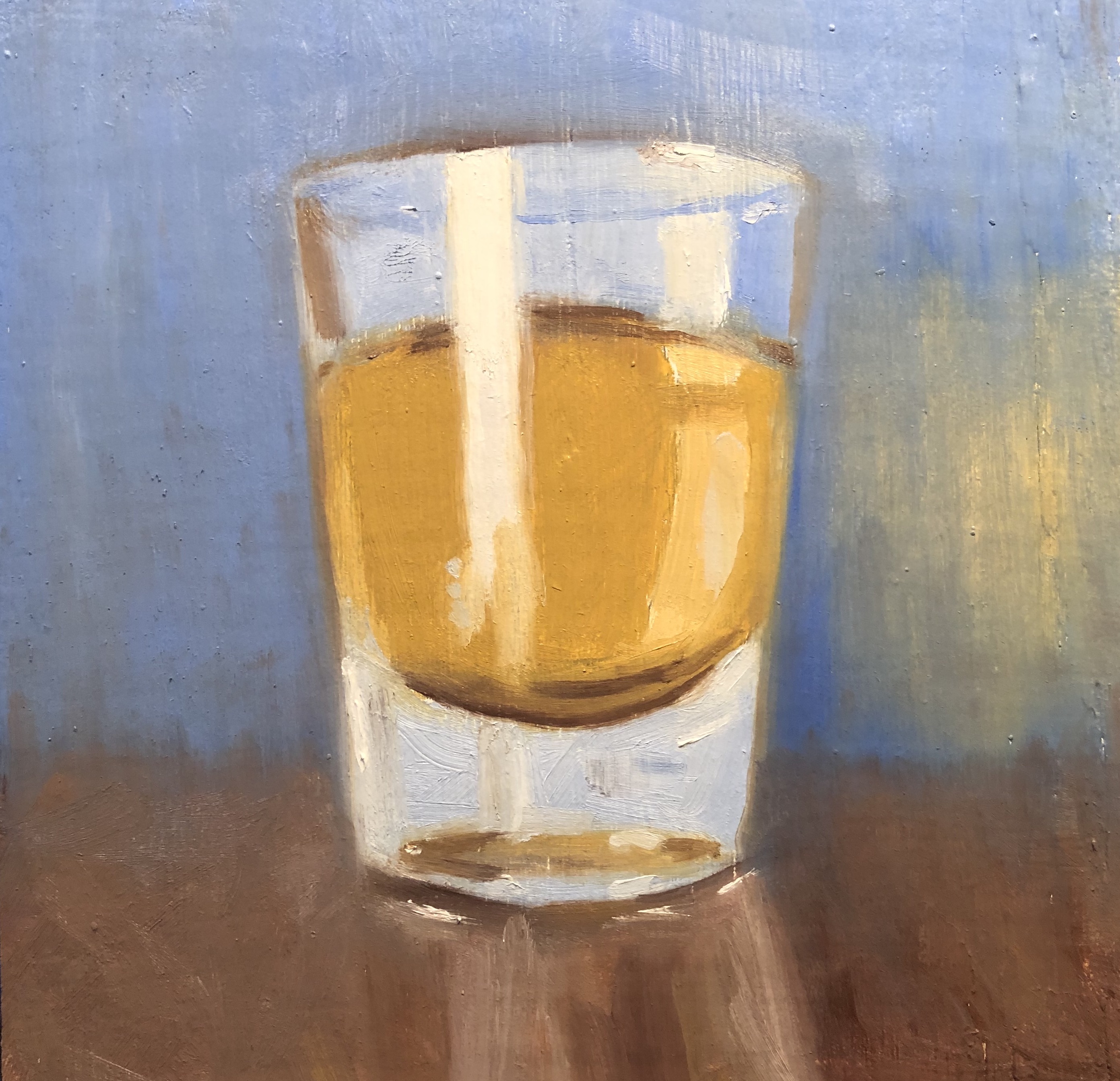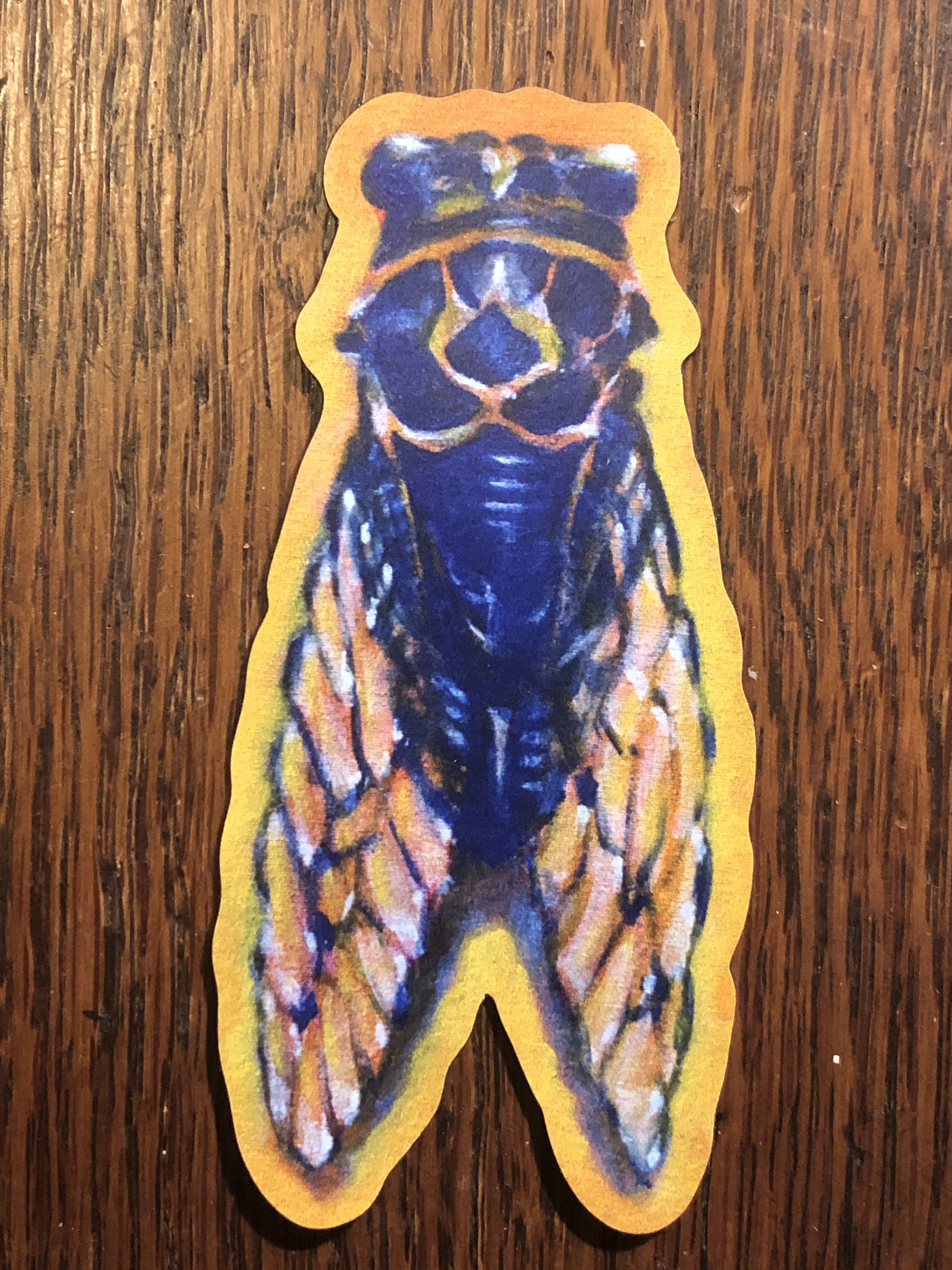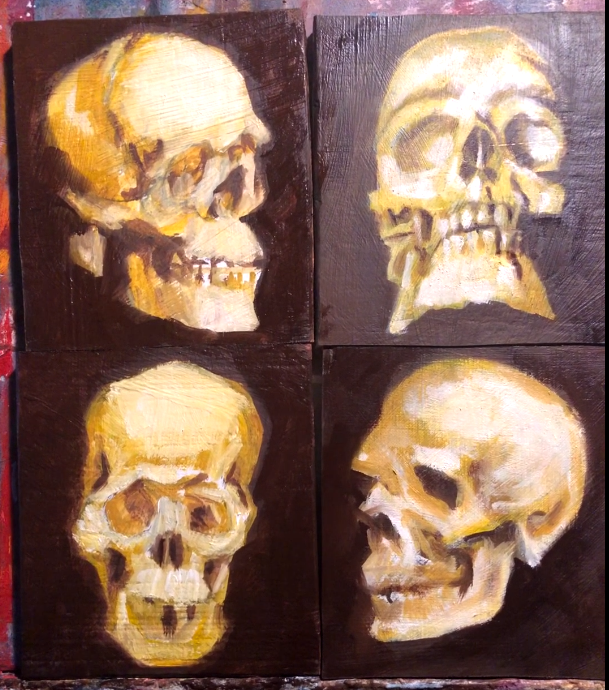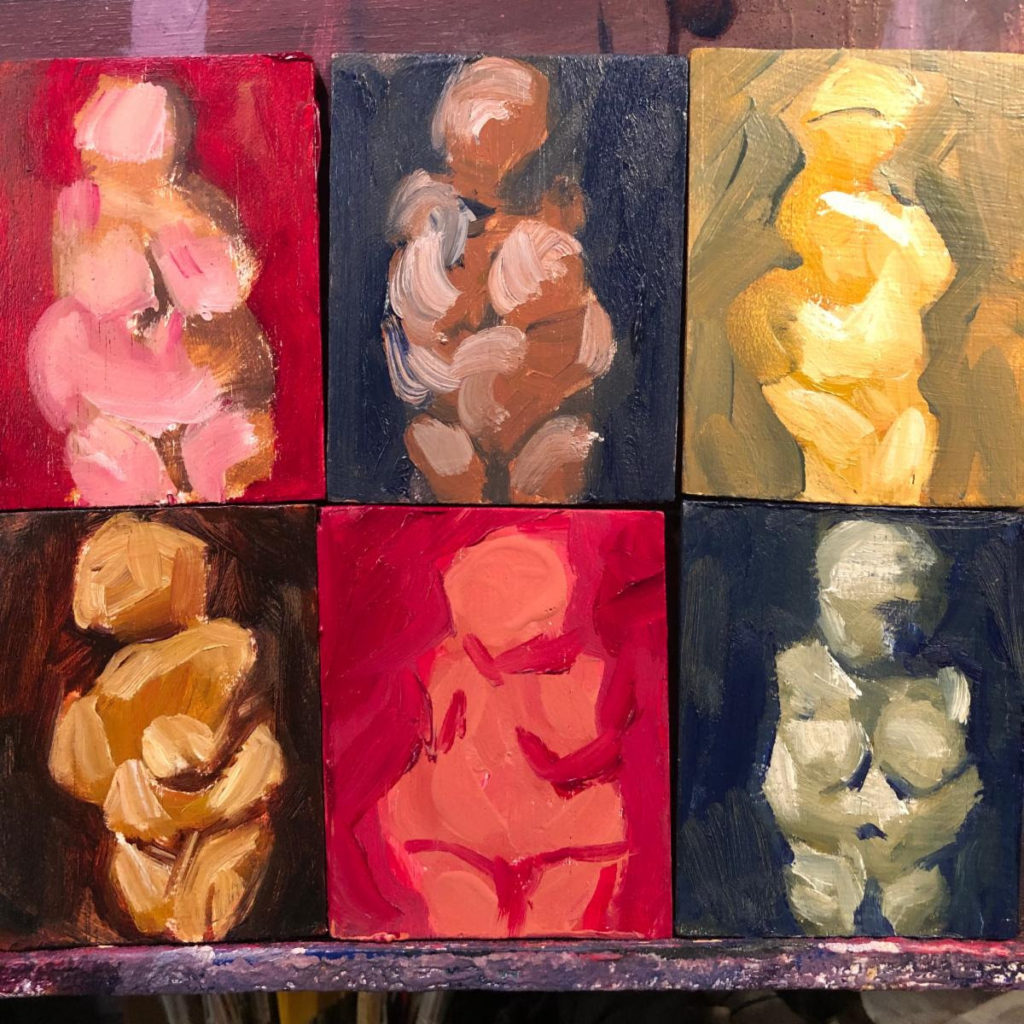 I DESTROYED three drawings last week and it felt GREAT I DESTROYED three drawings last week and it felt GREATI’m in the final weeks of a drawing class at Washtenaw Community College which has been a great experience. It’s all done through Zoom and it’s given me an opportunity to connect with other artistic humans a couple times a week during the Miasma. I’ve learned some new techniques and actually DONE techniques I only read about. I’ve also drawn a few pieces I really like… and created some rather mediocre failures. I comfort myself with the statistic that rough half of any group will be, by definition, below average. This week’s assignment was to DESTROY three of these lackluster creations and assemble the parts into a collage. I had to double-check with the teacher before I cut into the first one. It’s REALLY okay to cut apart something I did for class, something I did for CREDIT? I needed explicit permission from an authority figure. Seems like there’s an insight there. Then, I attacked my portfolio rejects with great zeal. First on the chopping block was a contour drawing of a pumpkin. We did four on the same page, each from a different view. The page documented my learning process accurately, which is to say, the first two were horrible. Instead of describing a three dimensional form by wrapping lines around its contours, these looked like flat pumpkin shapes with stripes. The third attempt more or less worked though the angle made it difficult to identify the object. The fourth pumpkin popped off the page if only by comparison. I’m making it sound like M.C.Escher’s drawing of a reptile pattern that gradually gains three dimensional form to strut off the page with a puff of arrogant dragon smoke. Trust me, it was not. My scissors rescued the pumpkin that popped. Then I grabbed an arm from a perspective drawing. This assignment was to draw a bottle, an arm and a shoe, all in foreshortened perspective. Hard-core geometric perspective is one of those techniques that I’d read about but never really attempted before this class. I have genuinely enjoyed using sight lines and vanishing points to make spaces appear to open on the page… and this assignment hit during a hard week. I was rushed to get my drawings in on time and it showed. The line quality of my foreshortened arm in particular was a skittering mass of scribbles, though the form effectively receded in space. Snip, snip. It was free. The final image I sacrificed came from the beginning of the semester, when we practiced varying the thickness of a line throughout the same stroke to gain confidence using our pencils. The subject matter was up to us; we just needed to fill a whole page. The class uses a very skills-focused, Bauhaus-inspired curriculum and even so, every section features moments for whimsy, creativity and expression. I missed Dom’s Bakery doughnuts — which I haven’t had all through lockdown — so I made a doughnut floating in a weird, pseudo-perspectival background. The doughnut was solid… and the attempt at creating depth was flat out wrong. It had looked good enough at the time, and in a few weeks, I learned how to use true perspective construction to accomplish what I’d intended. I saved the doughnut with a few cuts. The real fun started as I assembled these salvaged parts on a new page. Once I got a good dynamic composition and committed to it with a glue stick, I made the line quality more consistent. I added contour lines to the arm and I added tonal shading to the doughnut and pumpkin. By the end of class, I was literally humming with excitement at my absurd alien doughnut-based life form harvesting a jack-o-lantern. Or is it extending a divine spark of carbohydrate? This assignment reminded me how much FUN the process of making art can be and the key was destroying previous attempts to make something better. I was getting stuck with the idea that “artists make art” — and “art” is work that is successful, competent, assured, confident, profound… which my work this semester was not. I learned a better, less grammatically correct idea is that “artists do art.” It’s akin to Seth Godin’s expression that “real artists ship” which also conveys the sense of creation, of making, of getting something out the door, not waiting for perfection. What I’m doing does NOT have to be ART for me to be an artist. It can be horrible messy, disgusting, lame, poorly conceived… Getting beyond an outcome focus allowed me to be fully present and in “flow” We “fail” for all sorts of reasons – we’re learning, we’re rushed, we don’t have enough information – and sometimes, we find chances to use bits of those “failures” in something entirely new. WHAT IS SOMETHING PRECIOUS YOU COULD DESTROY?I As much fun as it was to create something new from the salvaged parts, I also know it’s freeing to simply let some work go. What’s a creative way you’ve gotten rid of work to clear room for more creativity and production? Giving it away is always an option. What’s your favorite way to “spring clean?” |

| There is ABSOLUTELY NOTHING new in my ON-LINE ART STORE this week, though I still have a few prints of the “Lemon Skull” painting shown here. I have an odd affection for this piece, partially due to the bright colors and partially due to that goofy grin. I painted it on particle board and the texture shows through even in the archival giclée print. I’ve been busy varnishing and framing a couple small pieces… and painting a portrait of a friend. I plan to have a full refresh of work by the first week of March so keep checking. |
 |
| It’s halfway to Hallowe’en so I painted this 3″ x 4″ study of a pumpkin this week just to remind me. Boo! |
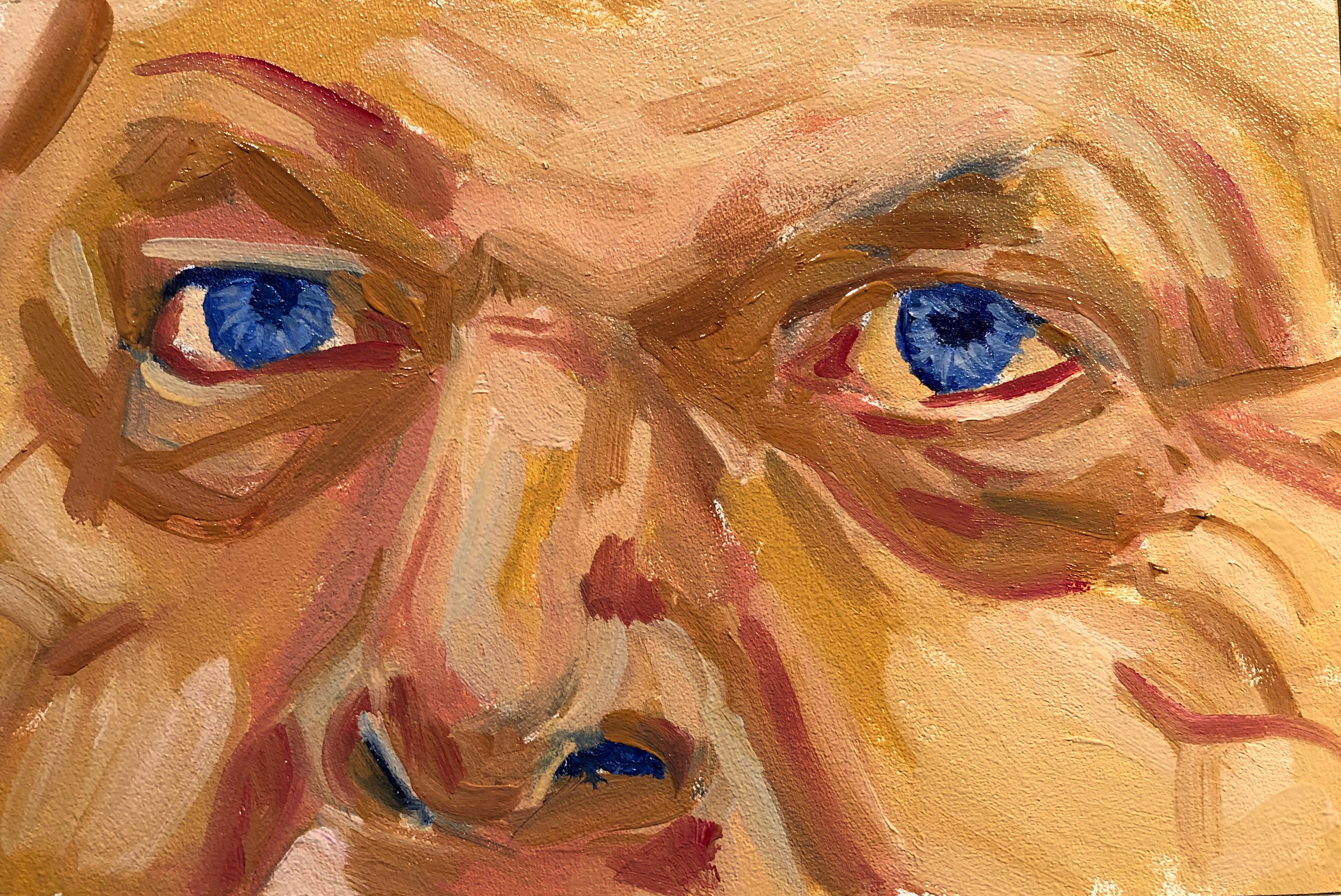

 One astute reader last week noticed that my Blue Mama stickers and magnets were NOT YET available in my
One astute reader last week noticed that my Blue Mama stickers and magnets were NOT YET available in my 


